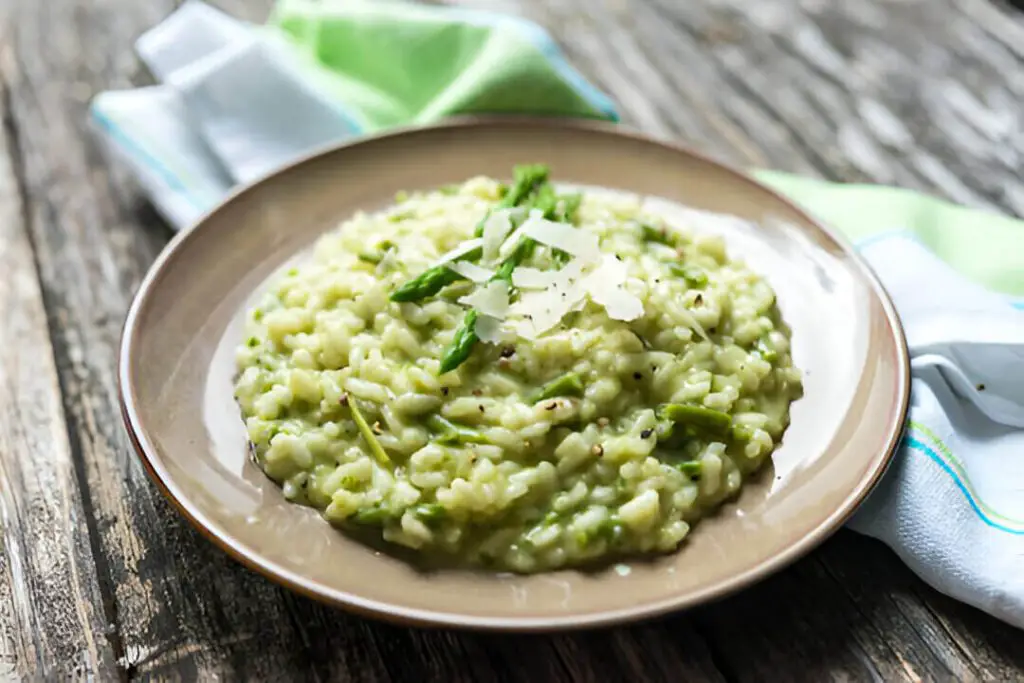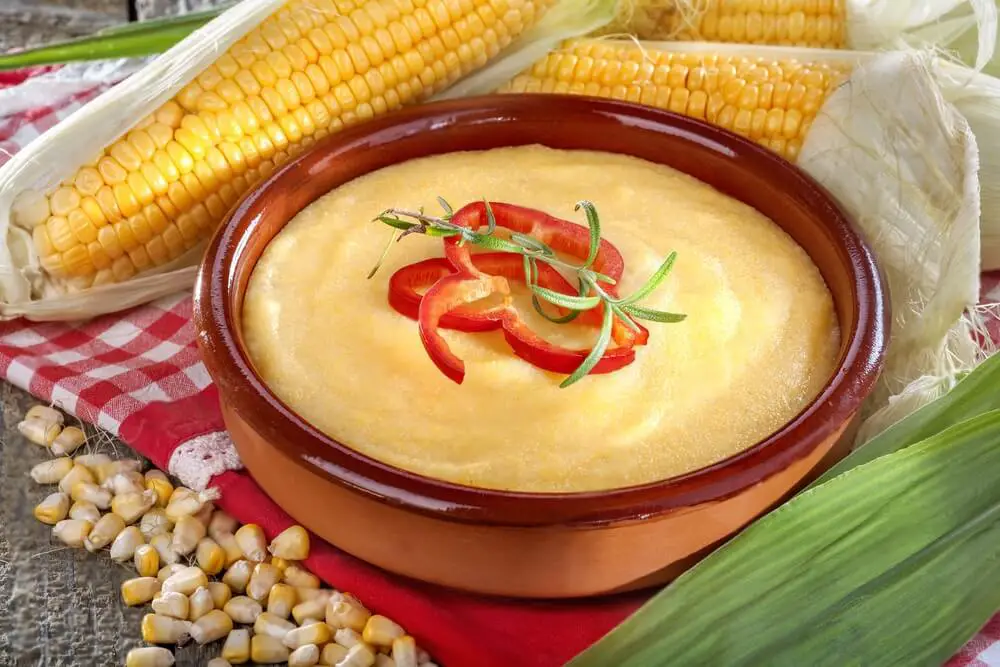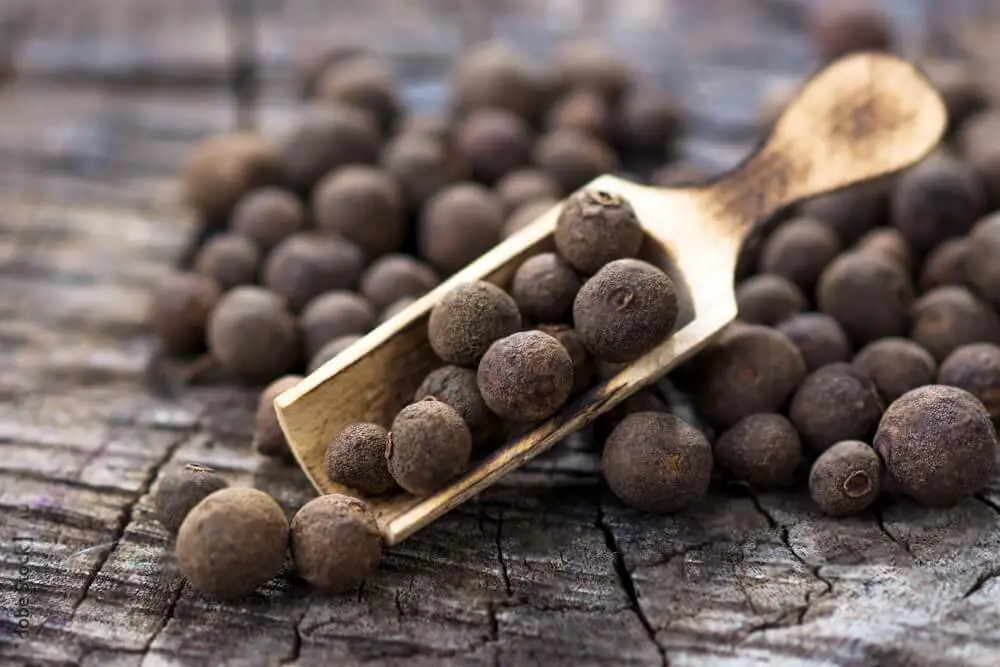You’ve got a craving for something creamy and comforting, but you can’t decide between an Italian risotto or some classic Southern grits. They kind of look alike, right? Same vibe, more or less? Hold up! Before you confuse these two delicious grain-based dishes, you need to know the major differences between them.
While Risotto and Grit may seem like long-lost cousins at first glance, they actually come from totally different families with their own unique personalities. One’s an elegant Italian rice maven with a talent for absorbing flavors, while the other is a humble corn-based Southern belle packed with rustic charm.
Choosing between them isn’t as simple as picking your favorite carb. From the main ingredients to the cooking methods, these two creamy delights were made for different occasions and different tastes. So before you dig into that bowl of velvety goodness, you’d better know if you’re getting risotto’s refined richness or grits’ down-home comfort.
Stick around as we break down the clash of the grain titans—risotto vs. grits—and equip you to pick the perfect creamy partner for your cravings.
What is Risotto?

Risotto is the fancy pants of the grain world, an Italian rice dish that wants to be treated with respect. This isn’t some basic boiled rice situation; risotto is a ritual, a labor of love, a creamy indulgence.
At its core, risotto is made from short-grain rice varieties like Arborio or Carnaroli that are sturdy enough to maintain a pleasantly chewy bite. But the real magic happens when you coax out the rice’s velvety personality by cooking it low and slow with broth.
The classic risotto method involves gently sautéing aromatic veggies like onions, garlic, or shallots in a combination of butter and olive oil or broth. Then you introduce the rice and toast it briefly until the grains are lightly translucent. This helps the exterior get nice and sturdy for the journey ahead.
From there, it’s a marathon, not a sprint. You’ll gradually add warmed broth to the rice, one ladle at a time, stirring vigorously and patiently after each addition. As the rice absorbs the liquid, it releases starches that create risotto’s signature creamy, velvety texture.
This slow and steady process allows you to build incredible depth of flavor. You can infuse the rice with white wine for a subtle acidic backbone. Aromatics like saffron or herbs get coaxed into the luscious sauce. And by the end, you’ll likely stir in a few cubes of butter and a shower of parmesan for an extra lush, indulgent finish.
The best risottos achieve a balanced contrast—grains with a slight chewy bite suspended in a thick, luxurious sauce. But you can take this staple dish in endless directions by folding in Didifferentroteins like shrimp, scallops, chicken or sausage part-way through cooking. Or go vegetarian with mushrooms, asparagus, peas, and more.
What are grits?

If risotto is the stuck-up prima donna of rice dishes, grits are its down-to-earth, Southern cousin made from humble corn. But don’t let the simple ingredients fool you – properly made grits can be just as luscious and craveable as that fancy Italian number.
Grits start their lives as fresh, dried corn kernels, but not just any corn. The grit-worthy varieties are sturdy field corns like dent, flint, or a hybrid blend. The key is that the kernels are first treated with an alkali solution in a process called nixtamalization.
This traditional Native American technique helps remove the tough outer hulls and activates the nutrient powerhouses inside the corn. It also gives grits their singular earthy, almost nutty flavor that sets them apart from regular cornmeal.
Once nixtamalized, the corn is dried again and then ground into the gritty, coarse grains that give grits their name and signature texture. The coarser the grinds, the better they’ll hold their pleasantly granular bite when cooked.
From there, the magic is in the ratio of grits to liquid and how you cook them. Too much liquid, and you’ll end up with a soupy mess. Too little, and you’re eating cornmeal mush. The perfect ratio creates a thick, almost pourable porridge that holds its shape in creamy, buttery peaks on the plate.
Like risotto, grits provide a neutral base to carry other flavors. The simplest versions call for just cooking the grits in water or milk with a healthy dose of butter, salt, and pepper. But it’s just as common to dress them up with tasty mix-ins.
Shredded cheddar or a dollop of pimento cheese instantly makes them richer and more decadent. Cooked breakfast meats like crispy bacon, tart and juicy tomatoes, or tangy barbecue provide a savory contrast. Or go sweet with brown sugar, honey, berries, pecans, or a drizzle of maple syrup.
The possibilities are endless, but no matter what, true Southern-style grits should be loose and luscious enough to slowly spread into delicious puddles as you eat them. There is none of that stiff, congealed polenta business here!
Risotto vs. Grits: What’s the Difference?
Ingredients
Risotto
The key ingredient that gives risotto its distinctively creamy texture is Arborio rice. This Italian short-grain rice variety is prized for its high amylopectin starch content.
When cooked gradually with hot liquid while stirring constantly, the starch is released from the exterior of the grain. This creates risotto’s famously rich, velvety sauce that still has a pleasant chewy bite to the rice.
Other varieties like Carnaroli, Vialone Nano or Baldo could also be used, but Arborio is the standard. Its sturdy exterior prevents it from becoming mushy when cooked for extended periods. Lower starch short grain varieties like Arborio simply wouldn’t produce the same luscious texture.
Grits
In contrast, the primary ingredient in grits is dried corn – specifically hominy corn that has been treated with an alkali solution to remove the tough outer hulls. This nixtamalization process comes from Native American traditions and gives grits their unique earthy flavor.
The nixtamalized corn kernels are then dried again before being coarsely ground into the gritty grains that provide grits’ signature texture when cooked. Stone-ground grits have a rougher, more rustic texture compared to grits ground more finely.
While grits can be made from standard dent corn varieties, many artisan producers use heirloom corn varieties like Olate or Tustee to produce richer, more complex corn flavors. The coarser the grinds, the better grits will hold their pleasantly granular, almost crunchy texture when cooked properly.
Preparation
Risotto
The iconic preparation method is what gives risotto its luscious, velvet-like texture. It’s a labor of love that requires constant attention and stirring.
First, the Arborio rice is lightly toasted in oil or butter to coat each grain. This helps the exterior develop a slight firmness to maintain a chewy bite later on.
Then, the gradual addition of hot broth or stock begins – usually 1⁄2 cup at a time. As you vigorously stir the risotto, the rice releases its starches into the liquid, creating that signature saucy consistency.
The stirring motion Is key – it prevents the grains from sticking together and activates the starch release. Each addition of broth gets absorbed before the next is introduced, slowly building up the creamy sauce.
This process takes 20-30 minutes from start to finish. Stopping before all the liquid is added would leave you with undercooked, crunchy risotto. Going too far causes the grains to overcook and turn to mush.
Perfectly cooked risotto should have plump, tender grains that are still firm to the bite, suspended in a thick, pourable sauce. It’s then finished with additions like butter, cheese, and other flavorings.
Grits
In comparison, grits have a much simpler, more straightforward cooking process similar to making oatmeal or porridge.
The coarsely ground grit grains (often stoneground for better texture) are boiled with the desired ratio of liquid – usually water, milk, or a combination. A typical ratio Is 4 parts liquid to 1 part grits.
As the grits simmer away, they slowly absorb the cooking liquid and soften into a thick, creamy porridge. Occasional stirring helps prevent scorching on the bottom and incorporates the starch released by the corn.
The total cooking time Is only 20-30 minutes until the grits have reached the ideal tenderness with just a slight bite remaining. Some recipes call for removing the grits from heat and letting them “remain” for 5-10 minutes to achieve the perfect consistency.
From there, grits are usually finished with mix-ins like butter, cheese, salt, pepper, or any other savory or sweet add-ins desired before serving.
There’s no need for the constant stirring and gradual liquid additions required for risotto’s saucy texture. Grits are more of a straightforward simmered porridge, relying on the corn itself and the right liquid ratio to achieve their creamy consistency.
FAQs
Can you make risotto without wine?
Yes, you can absolutely make delicious risotto without wine. The wine adds complexity and acidity, but you can use broth or stock exclusively with good results. Or try substituting a splash of lemon juice or vinegar to replicate some of the wine’s brightness.
How do you reheat leftover risotto or grits?
Risotto is best reheated slowly on the stovetop with a bit of extra broth or water to loosen it back up to its original sauce-like consistency. Grits reheat better in the microwave or on the stovetop with a splash of milk or water to prevent drying out.
Are grits and polenta the same thing?
No, while both made from ground corn, polenta and grits have some key differences. Polenta usesfinely ground corn while grits use a coarser grind. Grits also specifically use hominy corn that has been nixtamalized. Polenta can be made with regular cornmeal.
What protein goes well with risotto or grits?
Risotto pairs beautifully with seafood like shrimp, scallops, salmon or crab. It also complements chicken, sausage or short ribs. For grits, try topping with shrimp, crumbled bacon, country ham or a fried egg.
Is Arborio rice the only rice for risotto?
Arborio is the classic Italian short-grain rice for risotto, but other varieties like Carnaroli, Vialone Nano or Baldo can also be used with good results. Just avoid long-grain white rice.
What’s the difference between yellow and white grits?
The only difference is the type of corn used. Yellow grits use yellow or white dent corn while white grits use white corn varieties like Ivy Green. Flavor-wise they are almost identical.



